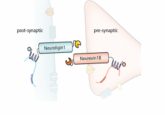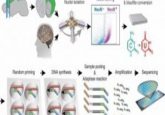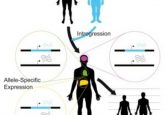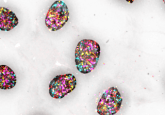DNA sequencing reveals cause of rare neurological disorder

After a 25-year-long search, a new sequencing technique has helped researchers pinpoint the genetic cause of SCA4, a rare movement disorder.
Spinocerebellar ataxia 4 (SCA4) is a rare genetic condition that severely impacts the lives of those affected by the disease. Like many other rare diseases, there is no known cure for SCA4, and until now, no known cause. Now, after 25 years of searching, a multi-institutional group of researchers led by a team at the University of Utah (UT, USA) has discovered the genetic difference that causes SCA4, providing families with much-needed answers and offering hope for potential treatments.
SCA4 is a progressive movement disorder, with symptoms that usually appear in an individual’s 40s or 50s but can start as early as the late teens in some people. The pattern of inheritance of SCA4 makes it clear that the disease is genetic, and a study in 1996 situated the gene responsible to a specific region of one chromosome. However, repeated segments and an unusual chemical makeup made the region difficult to analyze, preventing researchers from pinpointing the mutation for over 25 years.
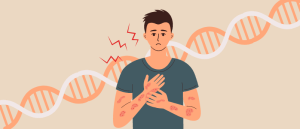 Mutated gene is the driver of psoriasis
Mutated gene is the driver of psoriasis
What causes psoriasis? Researchers might have just found the answer.
To overcome this, the Utah-led group used a recently developed technique, long-read single-strand whole-genome sequencing (LR-GS), to sequence DNA from affected and unaffected people from several families in Utah. They found that in individuals with SCA4, a section of the ZFHX3 gene is much longer than it should be, containing a long string of repetitive DNA called a GGC-repeat expansion.
To investigate this further, the researchers isolated cells from people with SCA4 and found ZFHX3–p62–ubiquitin protein aggregates. They also examined fibroblasts and induced pluripotent stem cells with the repetitive version of ZFHX3 and found increased ZFHX3 protein levels that can gum up the cells’ protein-recycling machinery. “This mutation is a toxic expanded repeat and we think that it actually jams up how a cell deals with unfolded or misfolded proteins,” said co-corresponding author Stefan Pulst.
A similar phenomenon occurs in another form of ataxia, SCA2. The same group is currently testing a potential therapy for SCA2 in clinical trials, and the similarities between the two conditions raise the possibility that the treatment might benefit patients with SCA4 as well.
Establishing the genetic cause of SCA4 provides individuals with answers and, hopefully, effective treatments in the future. “The only step to really improve the life of patients with inherited disease is to find out what the primary cause is. We now can attack the effects of this mutation potentially at multiple levels,” concluded Pulst.
